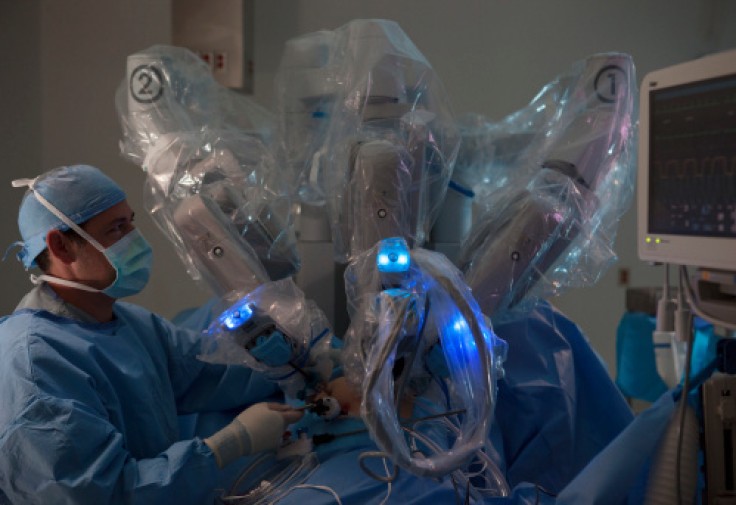Technology has been moving forward at a steady if not a fast pace, and in most aspects, it's all the more better for us. In the medical sector, robots have become tools has helped with precision in procedures as well as convenience.

Surgical Robots Treating Patients
Robots have been a huge part of industries such as construction and food production, and it was only a matter of time before they caught up to other sectors as well. Surgical robots were already being developed decades ago, and they become more advanced as time goes on.
Now, machines are capable of working with such precision that they can even outdo human doctors, which offers benefits for both overall surgical success bills that come with complex medical procedures. One example is the robot from the UK that can treat endometriosis.
They function by being controlled remotely and are used by NHS Trusts to operate on patients for a fraction of the cost and time. According to consultant gynecologist Jeffrey Ahmed, it takes around 60% of the time it would take to do a conventional surgery.
He added that the hospital saves around $1,600 per patient because the machine-assisted procedure reduces blood loss, which means fewer blood transfusions and faster recovery time resulting in an early discharge, as reported by Interesting Engineering.
A robotic surgeon performing the surgeries at the Chelsea and Westminster Hospital, Amer Raza stated that the new robots are "revolutionizing endometriosis treatment" and could even be the first choice in surgical treatment on the NHS.
Each machine costs £2 million or $2.5 million, and although it is expensive, it could be a good investment since it produces great results. Patients would also prefer a hospital that offers more efficient procedures at a lower cost, which robot-assisted surgeries can achieve.
Read Also : Scenarios Where Robots Take Over Human Jobs
What is Endometriosis?
Endometriosis is a disorder that women get when the tissue that grows inside of the uterus grows outside the area. The condition is often painful and they commonly affect the ovaries, fallopian tubes, and the tissue lining in the pelvis.
Once the tissue builds up in places where it shouldn't, it will also break down and bleed just as the uterus would on every menstrual cycle, although, unlike uterine bleeding, the other parts affected by endometriosis don't have a way of expelling the blood.
When the blood is trapped, it can irritate the surrounding tissue and may develop adhesions. This in turn can cause pain and may even lead to fertility problems, as explained by Mayo Clinic. It may also cause cysts to form when it comes to the ovaries.
Left untreated, it can affect the life of a woman during their menstrual cycle. Natalie Meagan-Blake, a patient who has undergone robotic surgery explained that she would miss school and work before because the pain was so extreme and lasted for around two weeks.
There are other treatments available of course, but robot-assisted surgery also reduces the chances of complications, which may lead to infertility. Around one-third of women with the disorder have difficulty conceiving. It also increases the rate of ovarian cancer.









